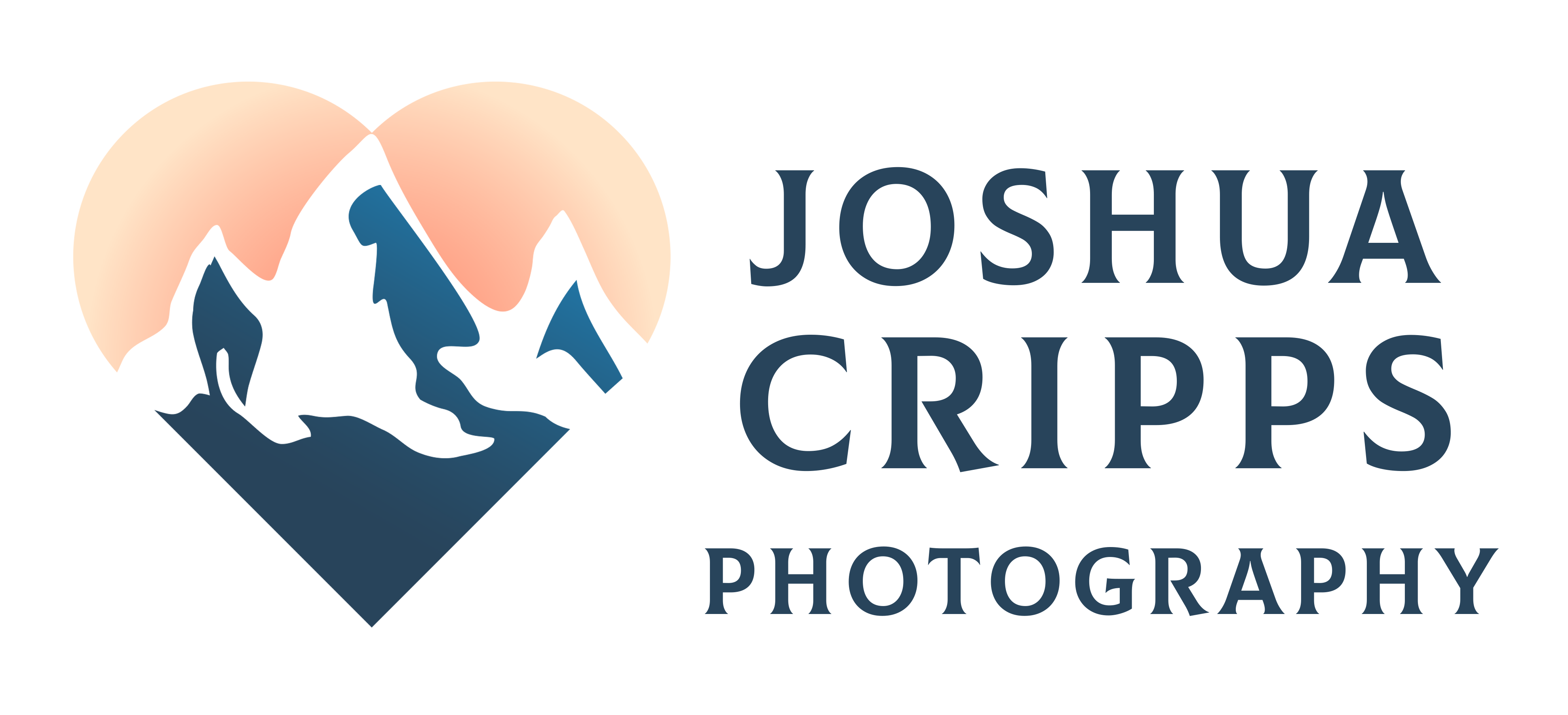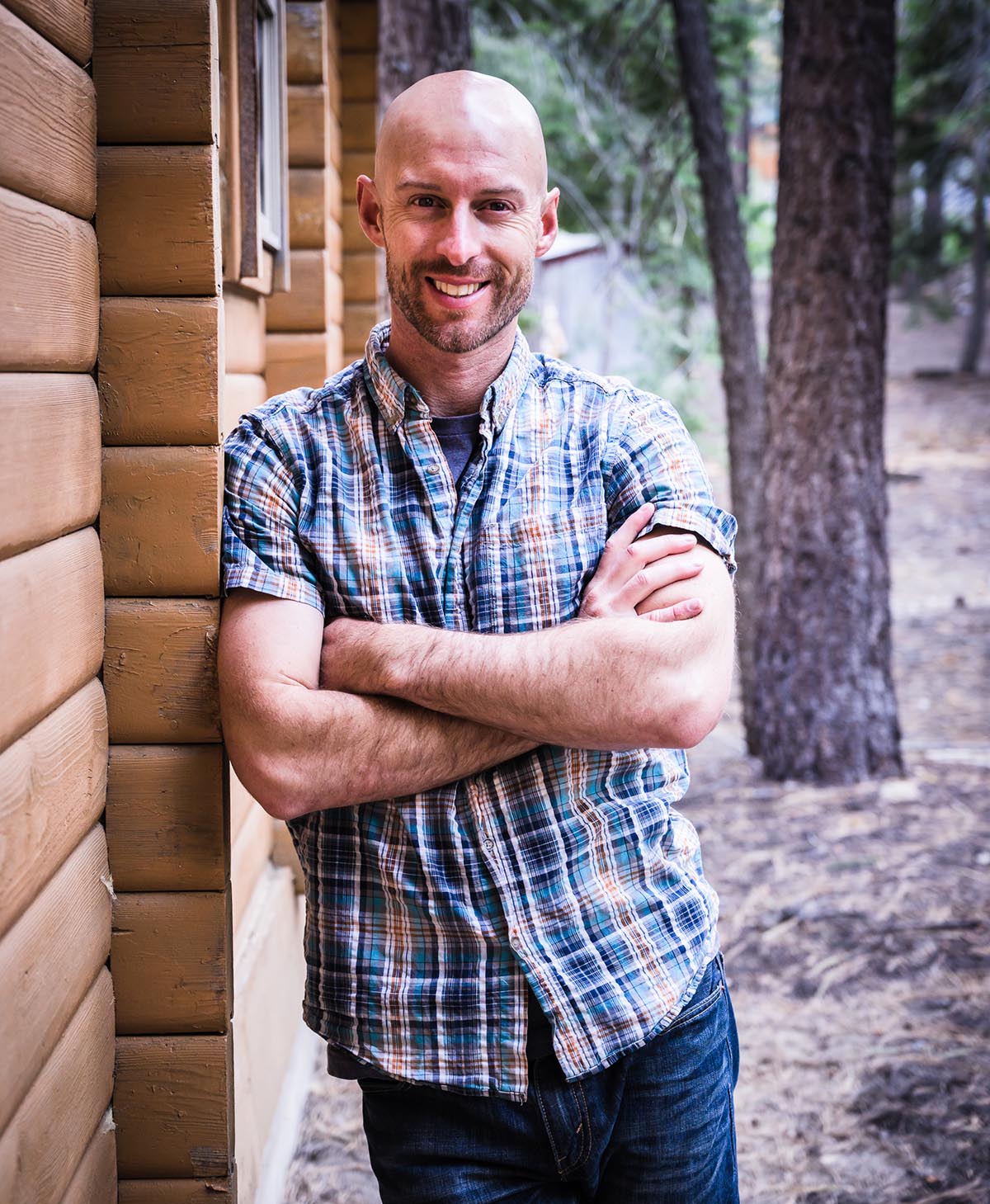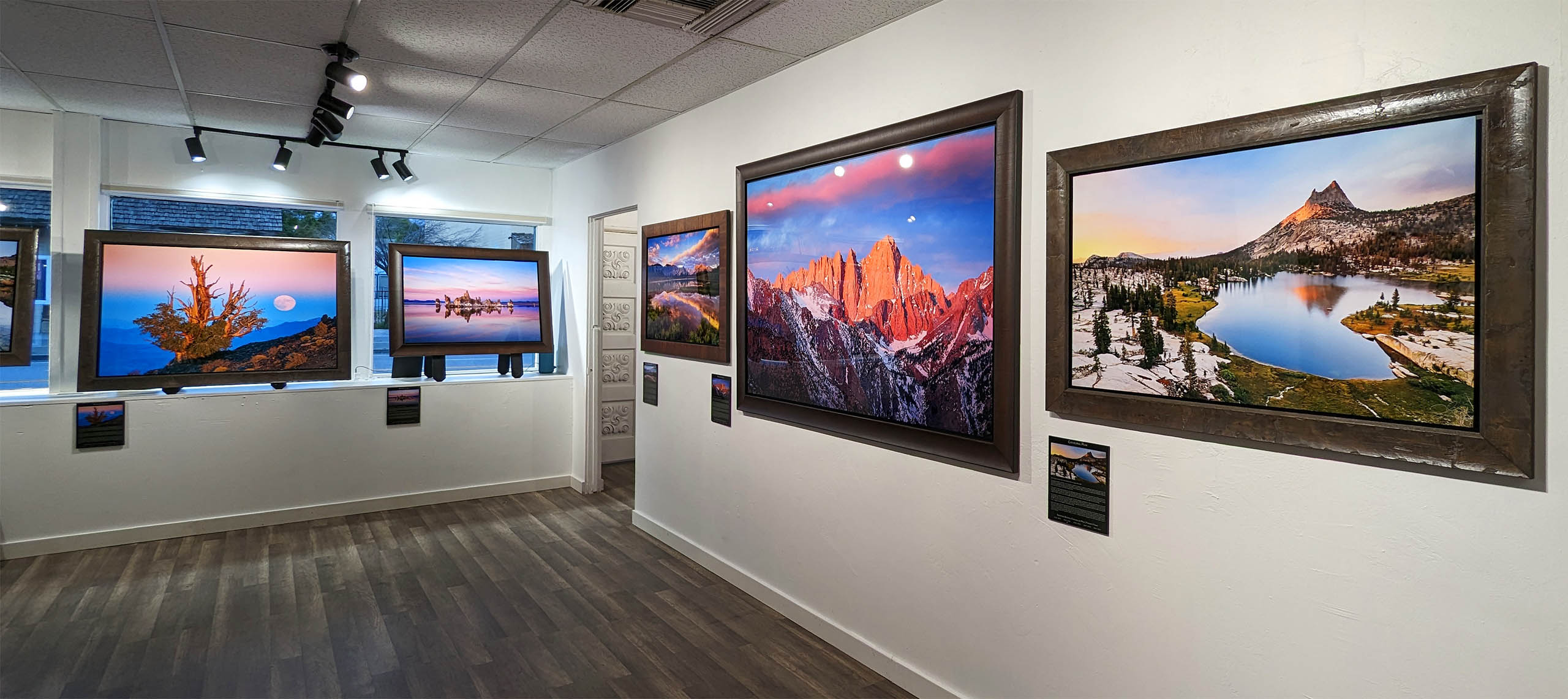Joshua Cripps
Composition: A simple, story-based approach to effective landscape photos.
- No Comments
Here’s a question for you. How do you tell truly captivating stories with your landscape photography stories that tell your viewers what you want them to know about a place I’d like you to ponder that for a minute? Because it seems to me that when you scroll through social media, these days, the only acceptable way to create a landscape photograph is to get as close as possible to your foreground subject, to have it dominate the entire frame. While I love a composition like this, when it’s appropriate shooting like this purely for visual impact is more like landscape photography porn in that it emphasizes aesthetics and visual impact over everything else, as opposed to being actual effective visual storytelling. In my opinion, the process should go the other way around first, start with the story that you want to tell, and then let that dictate your composition. And in this video, I’m going to show you exactly how to do that.Greetings my excellent friends. It’s Josh Cripps here. And as you know, I love the concept of storytelling in photography. And one of the things that I find truly extraordinary is that you can take the exact same physical stuff within a scene. And by changing your composition completely change the story that you were telling. Let me give you an example
You’ve ever been to Mount cook national park in New Zealand. It’s very likely that you have hiked the Valley track nurse. One particular spot on this track where you go over a swing bridge. And as you round the bend, you are smacked in the eyeballs with one of the most marvelous views of our [inaudible] Mount cook. This particular band. It’s one of my favorite places in the park for photography. And this particular setting I would say is dominated by five or six main features. There’s obviously [inaudible] Mount cook, but then there’s also this steely blue river. And within that, there are heaps of these cool chocky boulders. And there’s quite a lot of other stuff you can look at in this scene as well, like Mount Wakefield to the East and Mount Sefton out to the West as well of some beautiful little shrubberies. But for this video, I just want to focus on those three things out AKI Mount cook, the river and the Boulder Photography. Aesthetics would dictate that the correct composition for this scene would be to get as close as possible to a Boulder or a cascade in the river and make that foreground element as in face as possible. Now that’s fine. If the story that you want to tell your viewer, now that’s fine.
Now. That’s fine. If the story you want to tell your viewer is more about your experience with the boulders and the river, more so than your experience with the mountain. And what I mean by that is, well, let me tell you a story. As I rounded the bend, the pathway came right down next to the river. I was mesmerized by the color of the water, the roaring cacophony of the cascades and the wonderful patterns and shapes in the boulders. And then often the background, you could also see our Rocky Mount cook. You see how this photo tells that kind of a story, but what if the story that you wanted to tell was more like I was walking down the trail, I came around a bend and that’s when I saw it out. Rocky Mount cook. It was so enormous and powerful, and I could not believe the way that it loomed over the entire Valley. I mean, you’re looking at 10,000 feet of mountain rising, straight up out of the landscape. And on top of that astounding physical presence, the light from the peak even reflected and started dancing over the river and the boulders at my feet. You see how these two stories, even though they contain the exact same physical stuff, mountain river boulders, they emphasize two completely different things.
If you want to be an effective storyteller as a photographer will, then you need your compositions to match your impressions of the location. Your composition needs to show how you were feeling about the place and what was most important to your experience in that second story that I told you would be much better served by creating a composition like this one, where you stand back a little bit from the river’s edge and you zoom in a little bit more. In fact, this photo was taken with a 50 millimeter lens and you can see how it emphasizes the size of our Rocky Mount cook so much more dramatically than the boulders and the river. If I go back to a photo like this, what I’m telling the viewer is that the most important part of this scene was the river and the rocks. That’s what left the biggest impression on me as a photographer.
So I’m giving it the dominant amount of space in my photo, because that’s what I want you the viewer to take away from this scene. But of course, it’s not just about changing your focal length or zooming in to change the composition. So let me give you another example of how you can change your composition to tell a different story with the same elements. Here are two photos from Kings. They have the exact same elements in them. There’s a tar and there’s mountains, a sky or reflection. And those rocks under the water here in the foreground, and these photos were taken with the exact same camera, same setting, same focal length, same everything, just a different composition. This vertical composition puts so much more emphasis on the clarity of the water. And consequently, it sends a message of the pristine nature of this basin and gives you a sense of what it’s like to stand there, to dip your toes in this water.
But to be honest, that wasn’t exactly the story that I wanted to tell in that moment. For me personally, I was more struck by the infinity pool effect of this Tarn. And I really wanted to tell a story of the expansiveness of this place, how the sky in this basin seems to go on for forever, this vertical composition while it is engaging. It doesn’t tell that story does it. In fact, this composition feels a little bit tight and closed off, but a horizontal composition like this does paint that picture of endless space, right? You can see how the sky in this photo is so much more expansive and not just in the sky itself, but also in the reflection I’m actually giving you twice as much sky, which helps sell this idea of this place going on forever. Now, obviously you don’t have to choose one over the other.
You can think about both stories and take both photos. And that’s fine. I mean, clearly I shot both, but it is important that you actually think about these things in the field so that your compositions capture the stories that you actually want to tell your viewers. So to sum it all up, if you want to be your own artist, don’t be a slave to the popular aesthetic. First think consciously about the story that you want to tell and what you want your viewers to know about a place. Then use your composition to line up the elements in the scene in a way that tells that story. And if you do this, I guarantee that your photographs are going to be more successful and more personally expressive, which is what it takes to create art that you are proud of. Thank you so very much for watching. If you enjoyed this video, please like, and subscribe and share with your friends and your camera club, I will catch you guys soon in another video. So until next time have fun and happy shooting.



